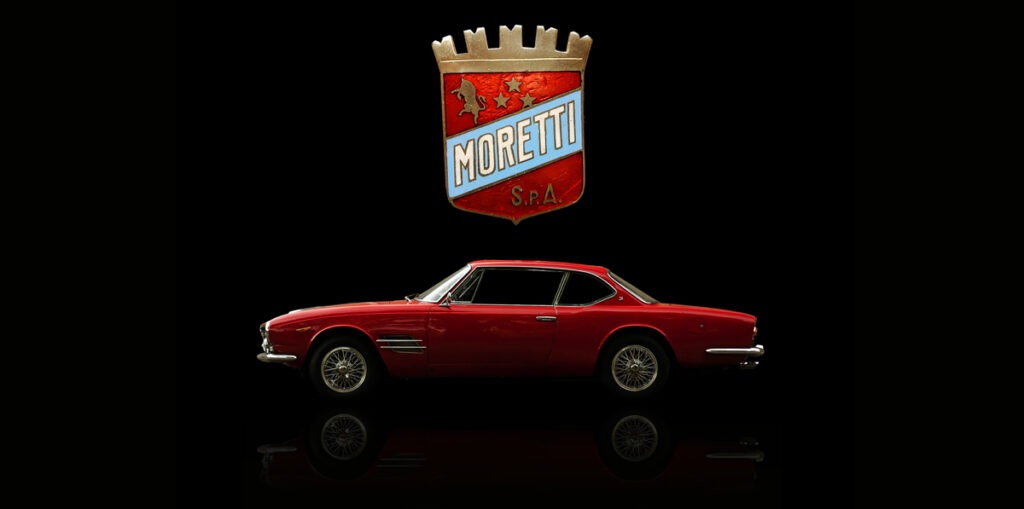
The early years
Moretti ‘s adventure begins with the tearful story of a born child on 21 July 1904 in a hamlet of Reggio Emilia who remains orphaned of father and went to work at eight years at his uncles shop. He is 12 when he started to work at the Officine Reggiane.
After 4 years, his mother died so he decided to start a new life, he sold his bicycle and moved to Turin to work in a Electric motorcycle factory founded by his fellow friend Giovanni Ladetto. In his free time Giovanni rounds up earnings by repairing motorcycles and bikes in a closet that soon becomes a shop. In 1926 he builds the first motorcycle with Moretti brand, followed by a successful series of three-wheelers with engines of the Bolognese CM and, in 1928, a quadricycle with a motorcycle engine.
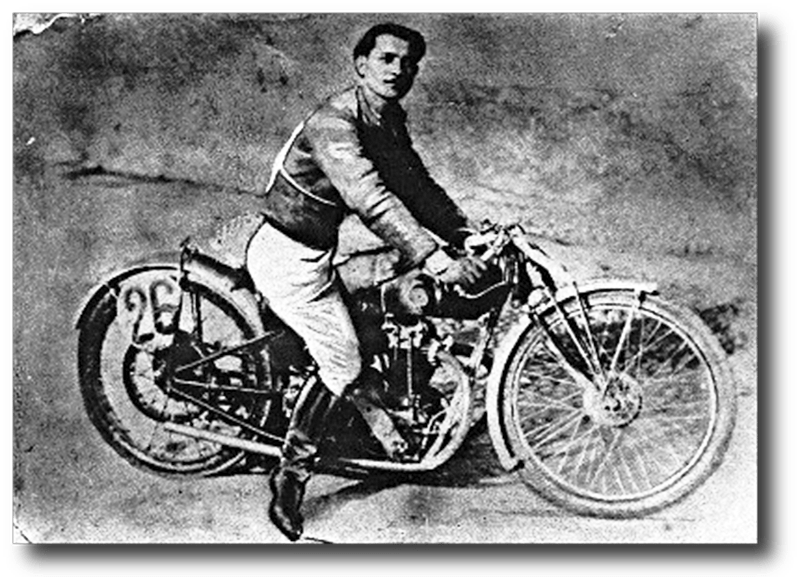
Moretti: the beginning
It was in the second half of the thirties when the first Moretti car was built: the Moretti 500, a small three-seater torpedo car with a 500 cm³ two-cylinder front engine and rear-wheel drive. At the beginning of the war, in 1941 the company becomes officially Moretti s.p.a and during the war, given the scarce availability of fuel, Moretti build an electrically-powered truck with a capacity of 30 q, which was sold under the name of Elettrocarro and, with the same type of engine, Moretti produced an interesting car designed for public transport. It was a small minivan called Elettrovettura which can accommodate up to seven passengers. Production of both vehicles was limited and no surviving specimens are known.
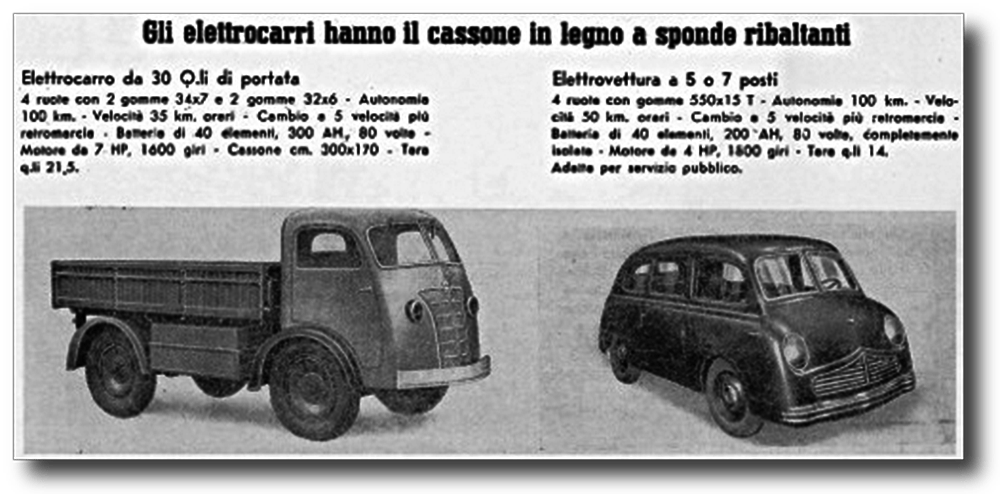
After the war, Moretti oriented himselves towards cars with classic combustion engine and unveiled the Cita (small, in the Piedmontese dialect). It was a micro car whose production would begin the following year and which obtained a moderate success. At first it mounted an 250 cc air cooled twin cylinder engine, then a water cooled 350 cc.
The success
In 1949 the in-house engineers, Giovanni Ladetto, Moretti’s former employer, Augusto Blatto and the same Giovanni Moretti, added two more cylinders to the engine of the Cita and put in production the 600, which remains in the price list til 1952. A 750 cc was later developed, which replaced the 600. Moretti production was characterized by high quality and the possibility of obtaining the models in multiple body configurations which include, in addition to the berlina, also coupé, spider and stationwagon versions.

Moretti offered as high-range engine a 1200 Bialbero, which then becomes 1500, without however never finding a real productive outlet. Backbone of production was the 750, equipped with the robust four-cylinder engines with overhead camshaft, with which they maintained well their position in the market thanks also to the partnership with Giovanni Michelotti, who designed a wide rage of beautiful bodies.
Meanwhile, a limited series of 750 twin-shaft promotes the brand image with in the race business: in the Second Trans-African Rallye two Moretti 750s driven by Mario Vaglia and Paolo Butti started from Algiers on December 31, 1952 and arrived in Cape Town on February 20 1953 after 16,000 kilometers of desert, ranking first and second of the class 1100 e overtaking major cars displacement in the overall classification. Another race with a pioneering flavor is the World Raid of 120,000 kilometers across Europe, Africa, Asia and America made by Luciano Albiero e Giulio Piccoli from 14 June 1952 to June 12, 1955 on a Moretti 600 Giardinetta with its engine sealed by a notary to verify its robustness.
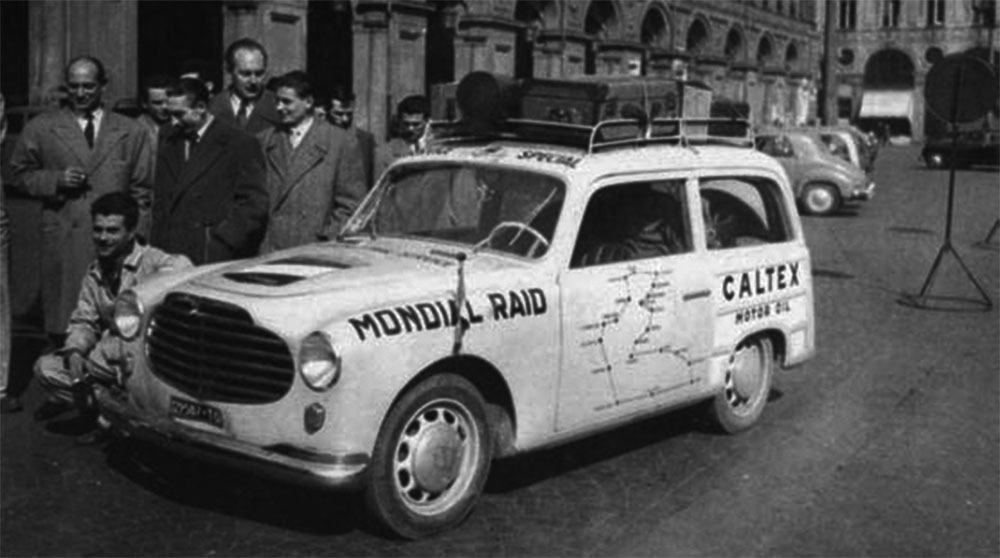
In honor of the first African raid the 750 models of 1954 are called “Alger le Cap“. In 1956 they change its name becoming “Record du Monde 120,000 km ”, finally renamed in 1958 “Tour du Monde”. In that year the renewed 750 Tour du Monde, presented as a world premiere at the Geneva Motor Show, seemed to be able to project Moretti as industrial car manufacturer
From manufacturer to coachbuilder
But the events didn’t take the excepted turn. The financial effort to start the production in the plant in via Monginevro and the model policy ambitiously articulated on too many variations of bodywork become obstacles that prevent success. Also the advent of the Fiat 600 and, later, of the Fiat 500, put Moretti cars out of the market due to the high costs of small series production and, at the end of the 1950s, this forced Moretti to surrender, which he renounces to the role of builder and seeked an agreement with Fiat to become one of the main coachbuilders for Fiat special versions.
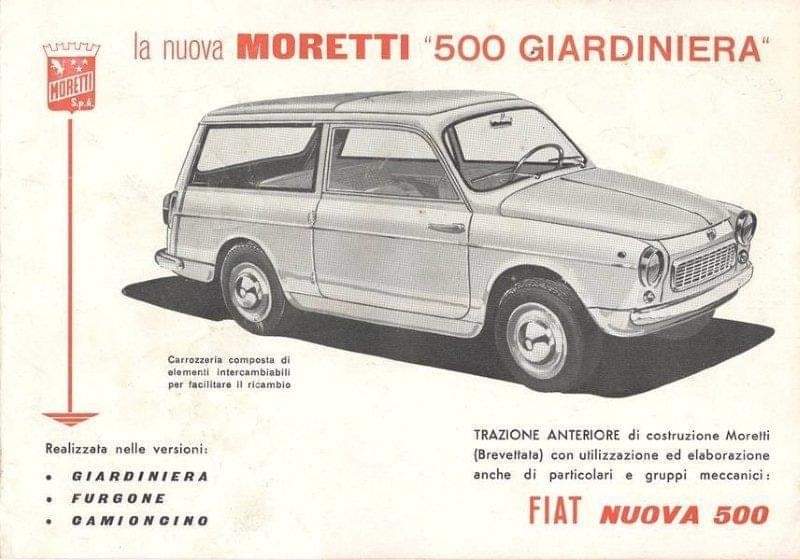
In 1959, the engineers of Via Monginevro rediscovered their skills as manufacturer building an very original 500 Giardiniera with front-wheel drive, which cannot be defined as “coachbuilt” nor a real Moretti. In fact, only the engine and a few other mechanical elements comed from Fiat, while the rest was designed, patented and built in autonomy. The small and practical front-wheel drive could find a vast market, if not little time after, Fiat had not presented its 500 Giardiniera, much simpler and less expensive with the rear engine. Luckily the failure of the 500 with front-wheel drive was largely offset by the excellent acceptance of the Fiat models with Moretti bodywork.
In the sixties, freed from the weight of the design and construction of mechanical parts, Moretti churned out an impressive series of models based on Alfa Romeo, Maserati and FIAT, always characterized by excellent levels of finish and assembly and, often, masterfully designed by Giovanni Michelotti who, for Moretti, designed about thirty models. Not to forget, one of the strengths of the coachbuilder: the organized sales network from Moretti when it was manufacturer.
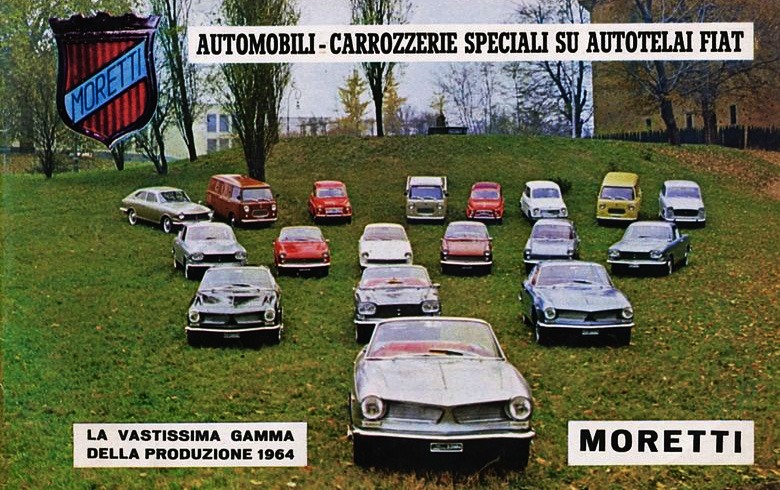
In 1964 Moretti S.p.A. expanded its headquarters and had 145 employees; the plant occupied an area of 9,000 m², while the annual production was of 1,500 units. The same year, the Fiat 850 replaced the 600 in the Moretti range, while the Swiss designer Danny Brawand, ex employee of Michelotti, was hired to design the new models. Among the most successful creations of Brawand was the 850 series Sportiva and 850 S2 produced in 1500 specimens. These sporty cars with an aggressive design re-propose on a reduced scale the lines with the inflated fenders of the Ferrari Dino.
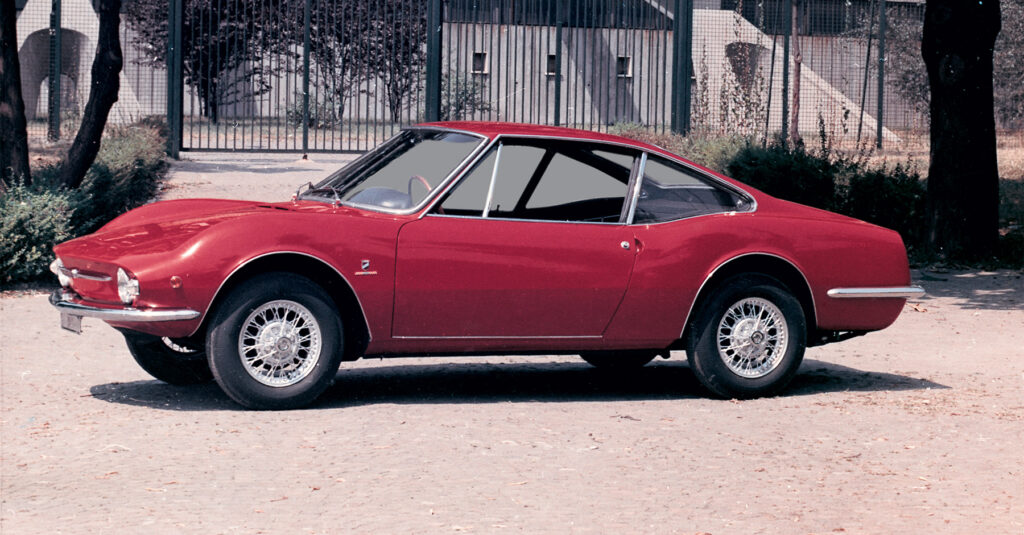
The decline of Moretti
In the seventies the company drastically reduced the offerred range and changing the company name to Moretti Sas, limiting itself to creating special versions of the most popular FIAT cars, such as the 126 Minimaxi and 127 Midimaxi and the refined 128 Coupé and 128 Roadster models, valuable models. which will achieve some success in sales.
A short time later, the Panda “Rock” made its debut, another small car for free time that collects a good success flanked by the Fiat Uno “Folk” and the Ritmo. These models conclude the productive history of the company that has been led by the brothers Gianni and Sergio Moretti, sons of Giovanni.
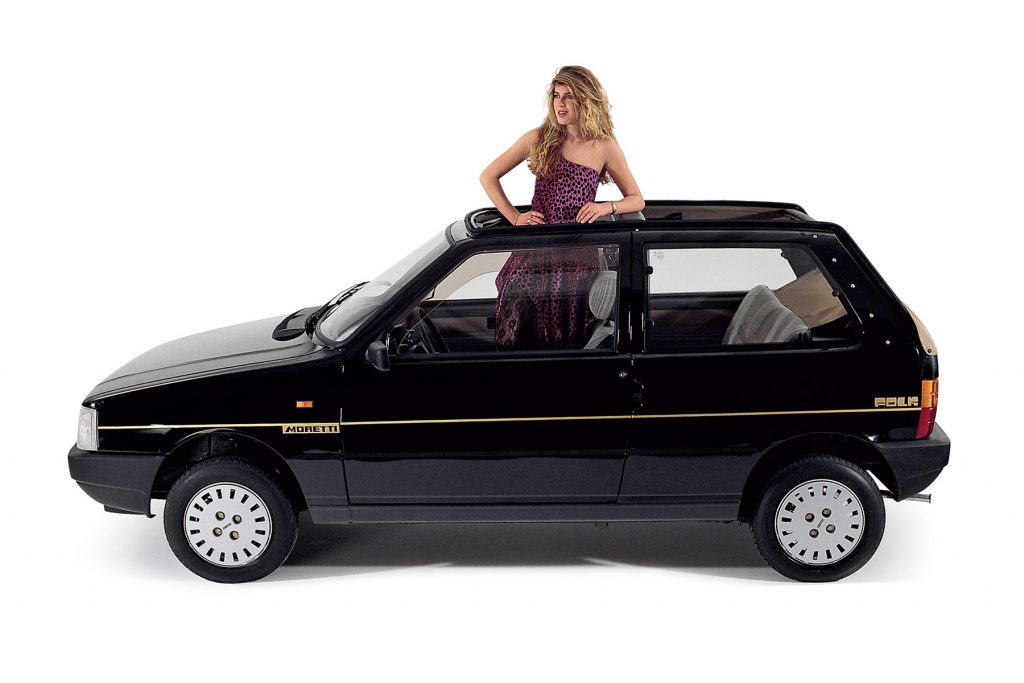
At the beginning of the nineties the story seems finished, but the coachbuilder Scioneri toke over the Moretti brand and kept it alive in order to use its well articulated commercial network.

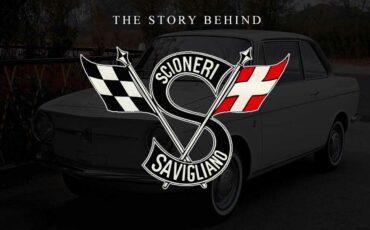
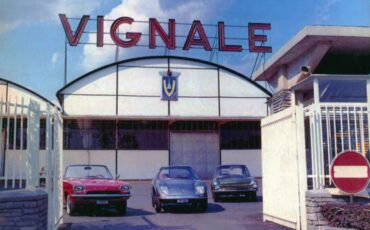
Born as a manufacturer, died as a coachbuilder